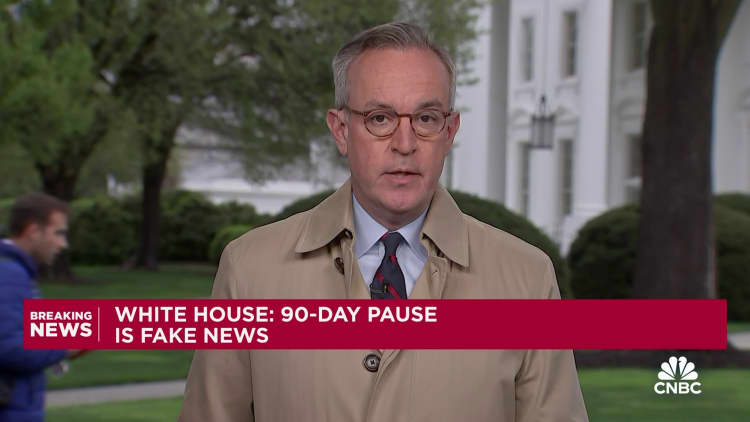Understanding the 90 Day Pause on Tariffs: What It Means for Businesses
The recent announcement regarding the 90 day pause on tariffs has stirred conversations among business leaders and HR professionals alike. This decision, framed within the context of current economic challenges, invites various interpretations and implications for businesses both small and large. In this blog post, we’ll explore what this tariff pause entails, its potential impact on the economy, and how businesses can navigate the changing landscape.
What is the 90 Day Tariff Pause?
The 90 day tariff pause, as announced by the White House, is an initiative aimed at alleviating some of the pressures on businesses amidst ongoing economic tensions. Tariffs, which are taxes imposed on imported goods, can significantly increase operational costs for companies that rely on foreign materials. By temporarily pausing these tariffs, the administration hopes to provide a breathing space for businesses to stabilize their operations and for consumers to experience some relief from rising prices.
Economic Context and Rationale Behind the Pause
To understand the rationale for this pause, we must consider the broader economic landscape. The United States, like many countries, has faced significant economic pressures due to global events, including the COVID-19 pandemic and ongoing geopolitical tensions. Many sectors have struggled with supply chain disruptions, labor shortages, and inflation.
By implementing a 90 day pause on tariffs, the government acknowledges the need for immediate intervention. This move can potentially help mitigate the negative impact of inflation on consumers and businesses. Economists suggest that this period is critical for assessing the effectiveness of trade policies that have previously been enacted.
Impact on Businesses
The impact of the tariff pause will vary significantly across industries. Here are several ways businesses can expect to feel the effects:
- Cost Reductions: Many businesses that import goods and raw materials from countries impacted by these tariffs may see a reduction in costs. This can lead to lower prices for consumers and potentially increased sales volumes.
- Supply Chain Improvement: A temporary pause may relieve some supply chain pressures. Companies might have better access to necessary materials and components, allowing for smoother operations.
- Market Adjustments: Businesses might need to adjust their pricing strategies in anticipation of further changes in tariffs. This could involve reassessing their pricing based on raw material costs and competitor behaviors.
- Reinvestment Opportunities: Savings gained from cost reductions can potentially be reinvested into other business areas such as hiring, technology upgrades, and product development.
- Uncertainty: While the pause presents opportunities, it also introduces uncertainty. Businesses must remain adaptable to changing policies and be ready to respond to new developments.
Strategies for Navigating the Tariff Pause
As the landscape shifts with the 90 day tariff pause, businesses, particularly in sectors heavily reliant on imports, must strategize effectively to navigate this period. Here are some key strategies:
- Conduct a Cost-Benefit Analysis: Evaluate the impact of the tariff pause on your supply chain. Assess whether you can rework your contracts with suppliers or leverage the changes to renegotiate pricing.
- Monitor Economic Indicators: Stay informed about economic indicators that could influence your sector. Keeping abreast of changes in trade policy will allow for timely adjustments to business strategies.
- Enhance Supply Chain Resilience: Use this pause as an opportunity to diversify your supply chain. Relying on multiple sources for materials can reduce risk and enhance your company’s resilience.
- Engage with Stakeholders: Communication with stakeholders, including suppliers and customers, is critical. Keep them informed about changes in pricing, product availability, and service delivery.
- Invest in Automation and AI: Utilizing AI-driven solutions, particularly in processes like n8n workflows, can enhance efficiency and adaptability. Automating routine tasks can allow your team to focus on strategic planning in light of these economic changes.
Conclusion
The 90 day pause on tariffs presents both challenges and opportunities for organizations across various industries. By taking proactive steps and leveraging technology, businesses can mitigate risks associated with changing tariffs while positioning themselves for future growth in a recovering economy. As we navigate this dynamic period, continuous learning and agile practices will be vital for HR professionals and business leaders looking to thrive in an evolving market landscape.
For more insights on economic policies and their implications for businesses, stay connected with our blog as we continue to explore the intersection of AI consulting and process automation.






